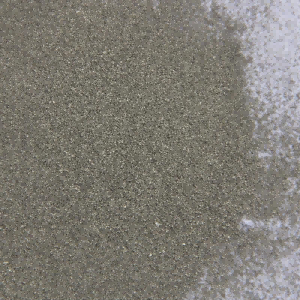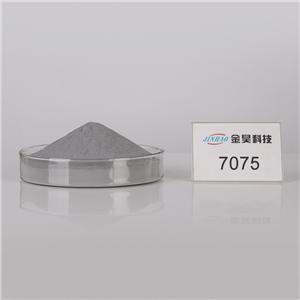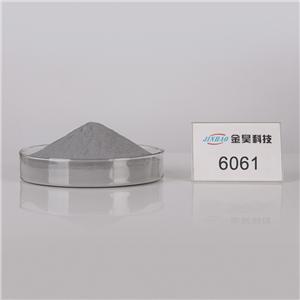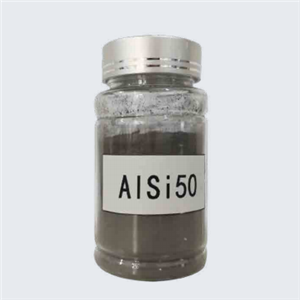Use of zinc powder

Used as a filler for paints and rubber. The abbreviation for a dental filling material such as ointment, zinc paste and adhesive plaster, which is a clove oil zinc oxide cement.
Clove oil zinc oxide cement: also known as temporary cement, butadiene cream. The bottom layer of the deep-hole double-layered bottom is not bearing material, or the single-layer bottoming material without force, for 1 to 2 weeks of temporary cavity sealing material, also used as root canal filling material, adding excipients as periodontal tamponade Agent.
Doctors often use zinc oxide as the abbreviation for clove oil zinc oxide cement.
The calamine lotion used to treat acute pruritic skin disease also typically contains zinc oxide, which utilizes the convergence, protection of zinc oxide, and a small portion of the preservative effect.
Zinc oxide is an essential additive in the rubber and tire industry. It is also used as a vulcanization activator and reinforcing agent for natural rubber, synthetic rubber and latex, and as a colorant. If ordinary zinc oxide is made into nano-zinc oxide for use in rubber, the vulcanization promoting effect can be fully exerted to improve the performance of the rubber, and the amount thereof is only 30% to 50% of ordinary zinc oxide.
In the chemical industry, zinc oxide is widely used as a catalyst and desulfurizer. For example, when it is used as a catalyst for synthesizing methanol, it is used as a desulfurizer when synthesizing ammonia. The high surface activity of nano-zinc oxide can improve the selectivity and catalytic efficiency of the catalyst, and has a wide range of potentials. Application market.
In the coatings industry, in addition to tinting strength and hiding power, zinc oxide is a preservative and luminescent agent in coatings. In addition, the excellent ultraviolet shielding ability of nano-zinc oxide makes it more prominent in anti-aging of coatings. characteristic.
In the medical and health and food industries, zinc oxide has the functions of detoxification, hemostasis, and myogenic convergence. It is also used as an adhesive plaster raw material, and it is helpful for promoting children's mental development; the demand for nano zinc oxide for food hygiene industry is gradually Expanded, but the product requirements are also strict, especially the harmful heavy metal elements.
In the glass industry, zinc oxide is used in special glass products; in the ceramic industry, zinc oxide is used as a fluxing agent; in the printing and dyeing industry, zinc oxide is used as a dyeing agent; nano-zinc oxide is fine and highly active, The sintering temperature of glass and ceramics is lowered, and the ceramic glaze prepared by using nano zinc oxide is more smooth, and has antibacterial, anti-enzyme, deodorizing and the like effects.
In the electronics industry, zinc oxide is both the main raw material for varistor and the main additive for magnetic, optical and other materials. The use of nano zinc oxide to prepare varistor not only has a lower sintering temperature, but also improved varistor performance, such as flow capacity and nonlinear coefficient. The application of nano-zinc oxide in optical devices will make a big breakthrough with the in-depth study of the optical properties of nano-zinc oxide.




